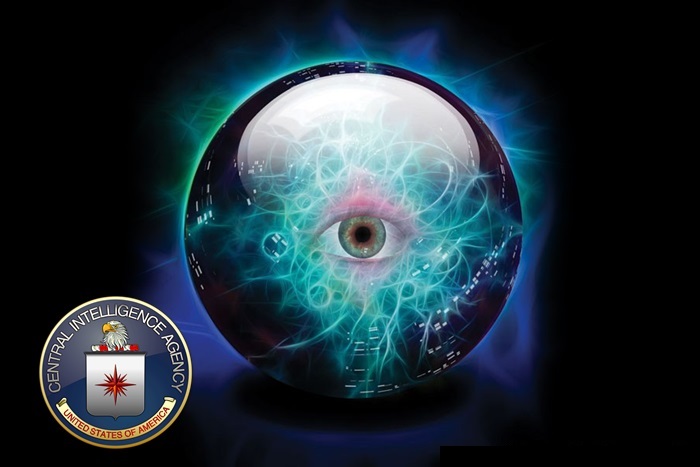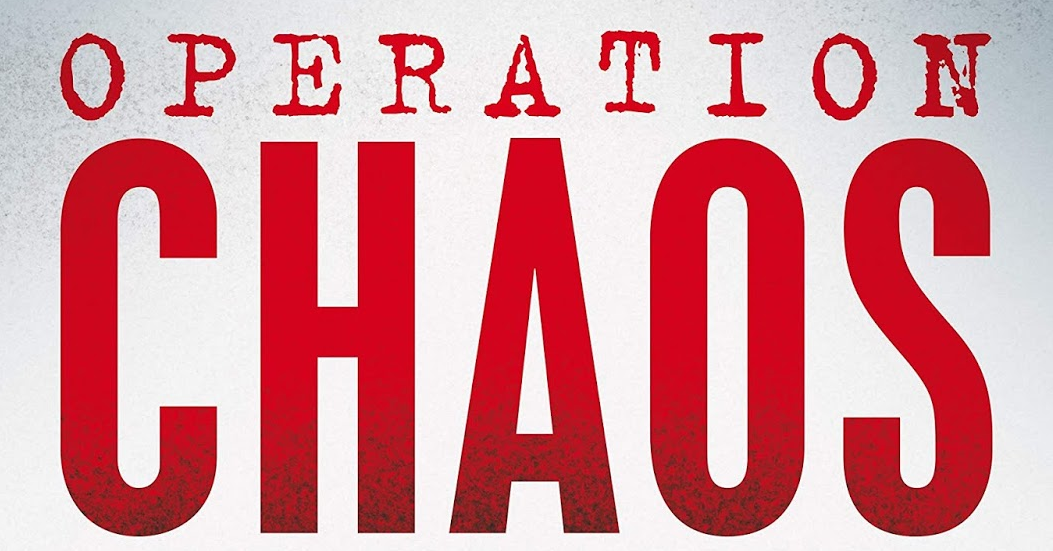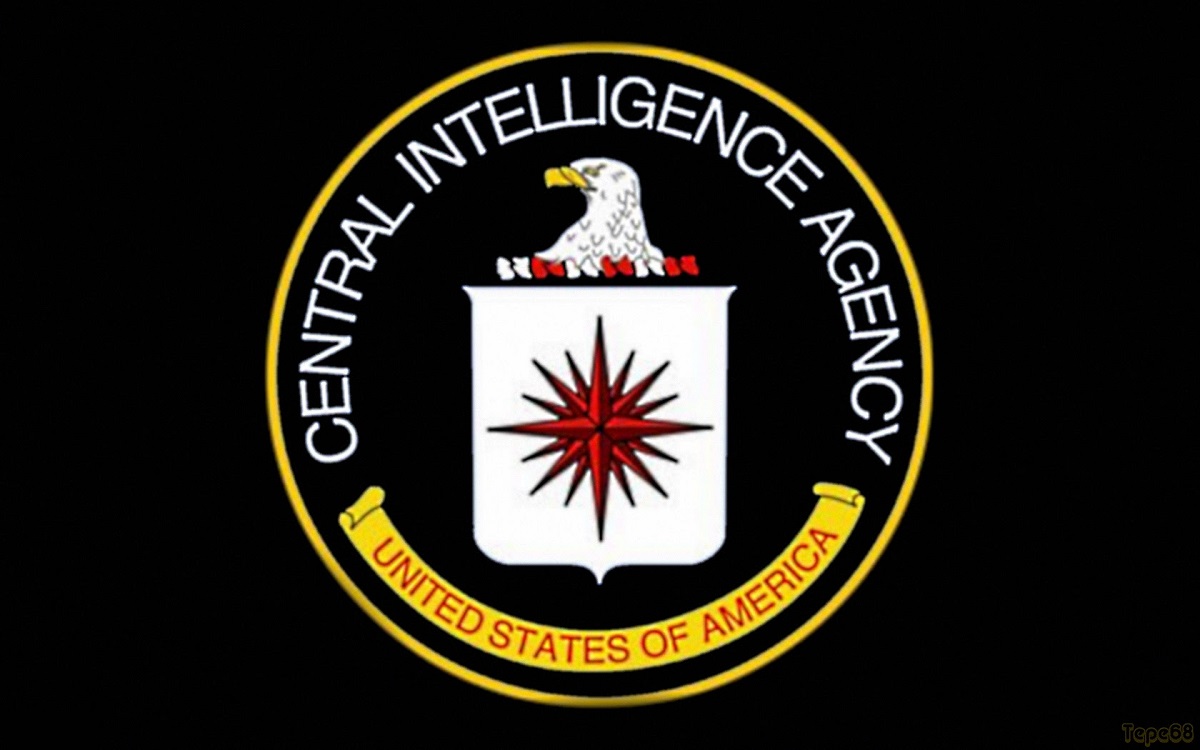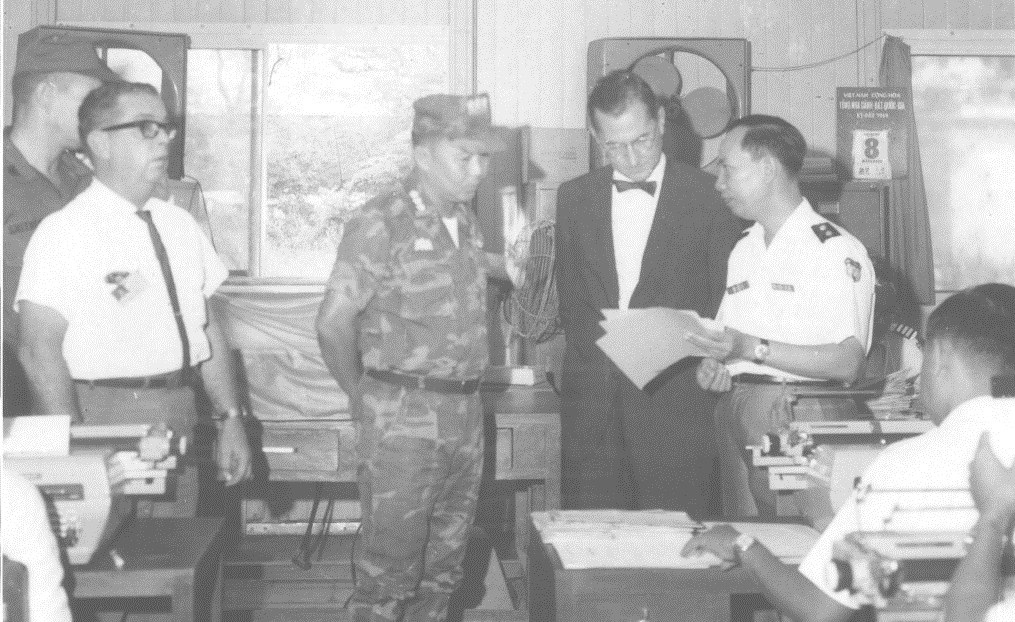In the realm of top-secret government projects, few have captured the imagination and fascination of conspiracy theorists and science fiction enthusiasts as much as the Stargate Project. Born out of the Cold War era, this classified program conducted by various U.S. intelligence agencies aimed to explore the limits of human consciousness and unlock the mysterious power of remote viewing. In this article, we delve into the history, objectives, methods, and controversies surrounding the Stargate Project.
The Origins of the Stargate Project
The Stargate Project had its roots in the 1970s, during a time of heightened espionage and psychological warfare. The Central Intelligence Agency (CIA) became intrigued by reports of Soviet research into psychic phenomena and wanted to determine if these claims had any validity. In 1972, the CIA initiated an investigation called “Scanate” to explore the potential of remote viewing.
Officially renamed the Stargate Project in 1983, it became a joint effort by the CIA, Defense Intelligence Agency (DIA), and the Stanford Research Institute (SRI). Led by physicists Russell Targ and Harold Puthoff, the project aimed to develop a systematic approach to remote viewing and utilize it for intelligence gathering purposes.
The Science behind Remote Viewing
Remote viewing, as studied within the Stargate Project, refers to the alleged ability to access information about a distant or unseen target through extrasensory perception (ESP). It is believed to involve the transfer of information beyond the limits of the five known senses.
Remote viewers, also known as “psychic spies,” claimed to possess the ability to describe distant locations, events, or objects with great accuracy, even without any prior knowledge. The project sought to harness and refine this ability to gather classified information on various targets, including military installations, foreign intelligence operations, and missing persons.
The Methodology of the Stargate Project
To facilitate the remote viewing process, the Stargate Project employed a structured protocol known as Coordinate Remote Viewing (CRV). CRV involved a series of steps designed to guide remote viewers in accessing and describing information about a target.
The process typically began with a viewer receiving a set of geographical coordinates or a unique target identifier. These coordinates acted as a focusing mechanism for the viewer’s mind, allowing them to transcend space and time. The viewer would then enter a relaxed, meditative state and begin describing the target in as much detail as possible, including visual, auditory, and emotional impressions.
The remote viewer’s descriptions were transcribed and analyzed by project personnel, who would then attempt to extract actionable intelligence from the gathered data. This information was often used in conjunction with traditional intelligence-gathering methods to corroborate or supplement existing knowledge.
Accomplishments and Controversies
Over its two-decade existence, the Stargate Project achieved both notable successes and faced significant controversies. Proponents of the project argue that remote viewing produced valuable intelligence, including the location of a downed Soviet bomber in Africa, information on the construction of a new Soviet ballistic missile submarine, and the identification of foreign military facilities.
However, the validity of these claims remains a subject of heated debate. Skeptics argue that the nature of remote viewing makes it inherently unverifiable and susceptible to subjective interpretation. Critics point out that the Stargate Project failed to produce any concrete evidence that could withstand rigorous scientific scrutiny.
Despite the controversies, the Stargate Project continued to receive funding until 1995 when it was officially shut down due to budget constraints and concerns over its scientific credibility. The declassification of thousands of Stargate Project documents in 1995 sparked renewed interest and led to further investigations into the nature of remote viewing.
Legacy and Impact
The Stargate Project left a lasting impact on the field of parapsychology and the exploration of human consciousness. While many scientists remain skeptical about the scientific validity of remote viewing, the project paved the way for the study of anomalous human experiences and psychic phenomena.
Furthermore, the techniques and methodologies developed during the Stargate Project continue to be utilized and refined by researchers interested in exploring the boundaries of human perception. The legacy of the project can be seen in the establishment of civilian organizations like the nonprofit Institute of Noetic Sciences, which conducts research into consciousness and human potential.
Final Thoughts
The Stargate Project, shrouded in secrecy and controversy, stands as a haunting reminder of the depths to which governments will go in their pursuit of power and control. While some may view it as an intriguing exploration of human consciousness, others see it as a disturbing example of the manipulation and exploitation of the human mind.
The project’s ultimate legacy is one of uncertainty and skepticism. Despite claims of success and valuable intelligence gathered through remote viewing, concrete evidence remains elusive, leaving room for doubt and speculation. The very nature of remote viewing, with its lack of verifiability and susceptibility to subjective interpretation, casts a shadow of doubt over the entire endeavor.
The Stargate Project’s closure in 1995 marked the end of an era, but its impact continues to reverberate. It serves as a chilling reminder that our governments are capable of delving into the depths of the unknown, engaging in research that blurs the lines between science and pseudoscience, all in the name of national security.
Perhaps the most disconcerting aspect of the Stargate Project is the question it raises: If governments were willing to invest significant resources into studying remote viewing, what other clandestine programs exist, hidden from public scrutiny, probing even darker corners of human potential?
As we contemplate the legacy of the Stargate Project, we are left with a lingering unease, a sense of the unknown lurking just beyond the veil of our consciousness. It reminds us that the human mind remains a vast and enigmatic landscape, capable of both extraordinary feats and malevolent manipulation.
While we may never fully understand the true nature of the Stargate Project, it serves as a stark reminder of the delicate balance between scientific exploration and ethical responsibility. It urges us to approach the frontiers of human perception with caution and integrity, ensuring that the pursuit of knowledge does not come at the expense of our fundamental values and the sanctity of the human spirit.
In the darkness of classified projects and obscured truths, the Stargate Project stands as a chilling testament to the depths of human curiosity and the potential for darkness that lies within us all. As we continue our journey through the mysteries of the universe, let us not forget the cautionary tale of the Stargate Project, lest we find ourselves lost in the shadows of our own ambition.




